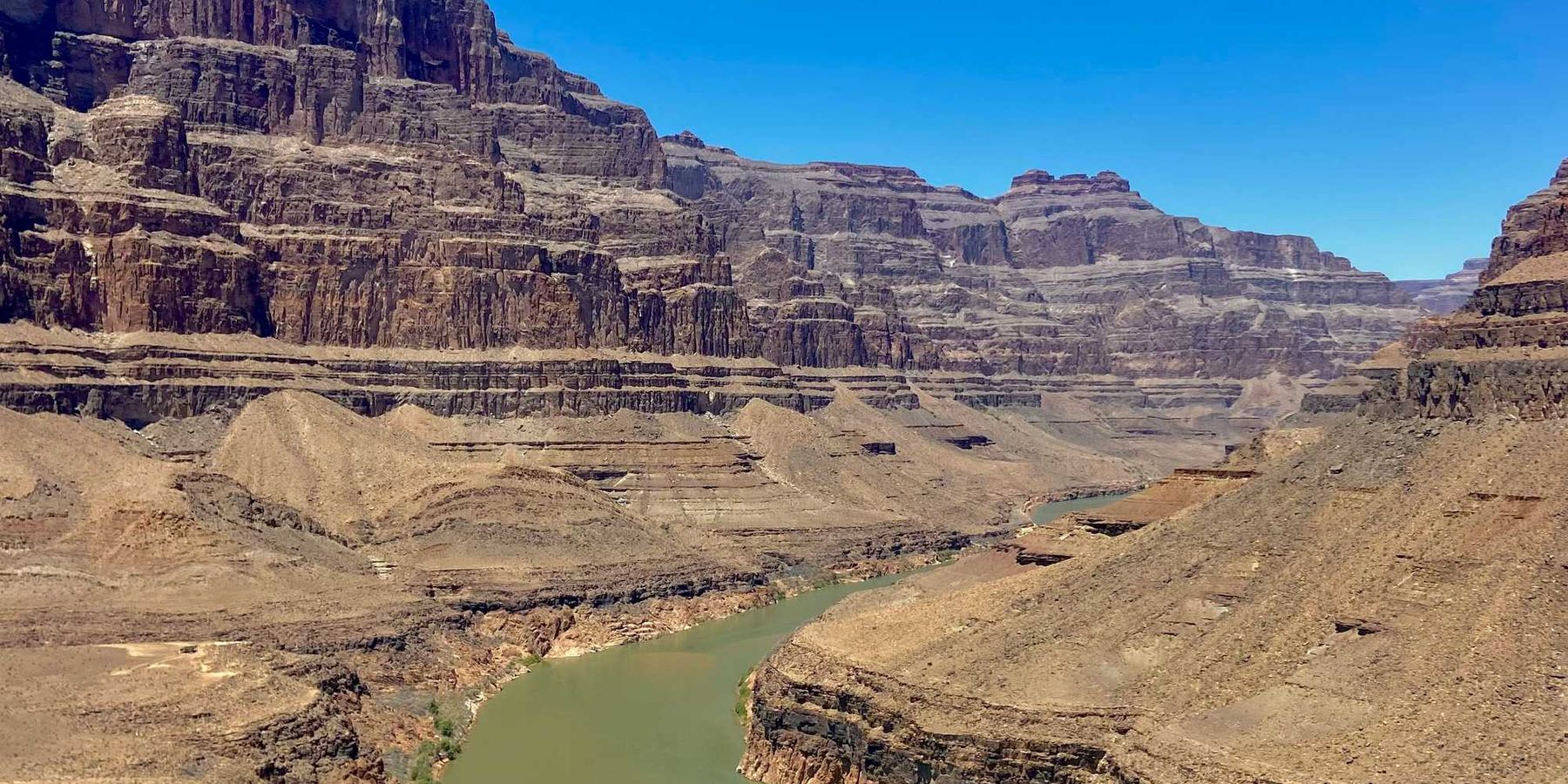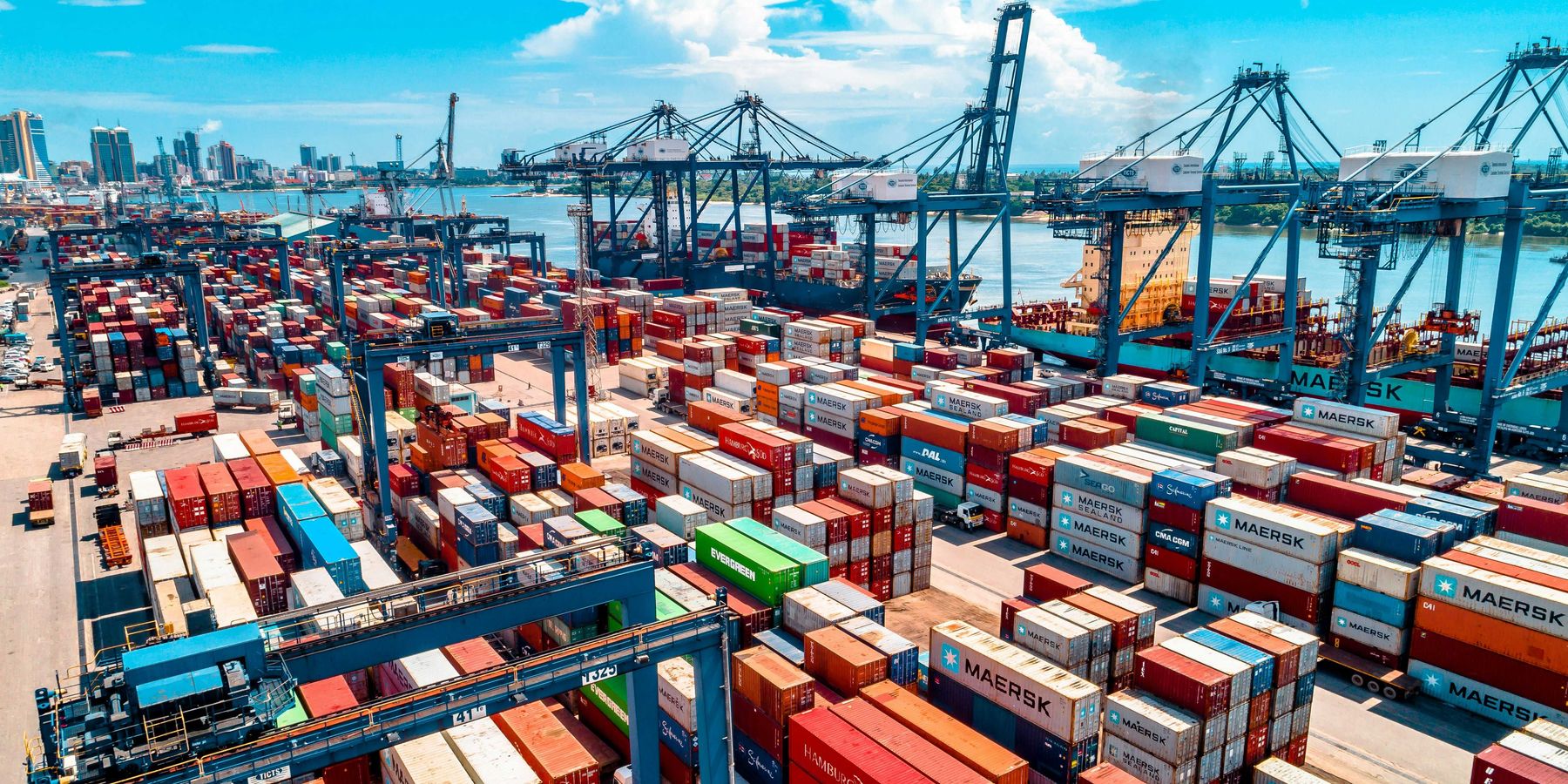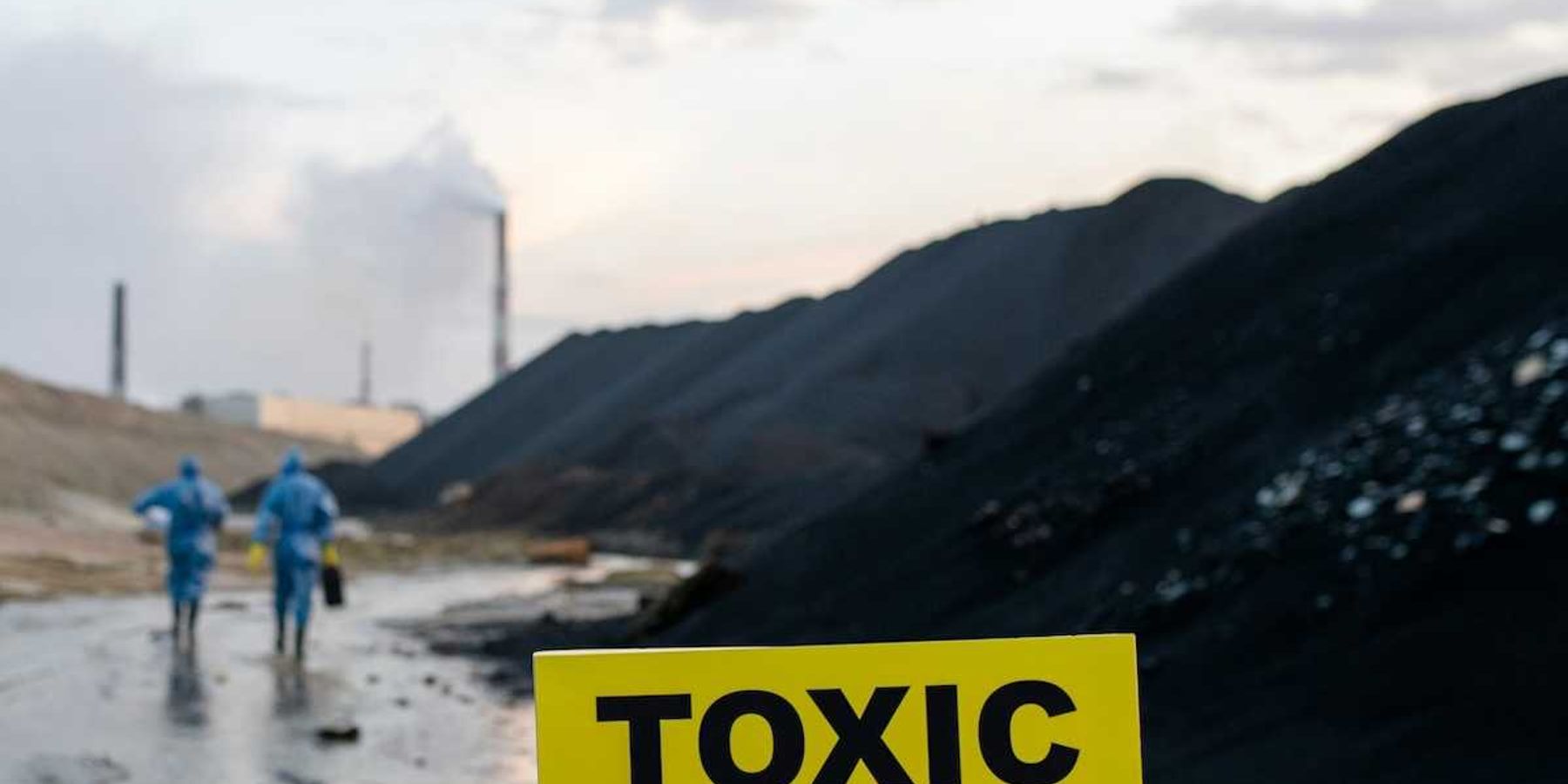NOAA scaled back major CO2 report as Earth’s carbon sinks weaken
The National Oceanic and Atmospheric Administration (NOAA) quietly released data showing a record-breaking surge in atmospheric carbon dioxide levels in 2024, raising fears that Earth's natural ability to absorb carbon is faltering.
Chelsea Harvey reports for E&E News.
In short:
- NOAA recorded a 3.7 parts per million jump in atmospheric carbon dioxide in 2024, the largest increase on record, but minimized the announcement through low-profile social media posts instead of a public report.
- Internal sources revealed the Trump administration pressured NOAA to downplay climate communications, aligning with broader efforts to dismantle the agency’s climate science programs.
- Scientists warn the surge may indicate that ecosystems like forests and wetlands, historically carbon sinks, are degrading faster under the stress of climate change, drought, and wildfires.
Key quote:
“In my opinion, there is no reason to believe that this will not continue with further dry years in the future.”
— Philippe Ciais, climate scientist at France's Institut Pierre-Simon Laplace
Why this matters:
Forests, wetlands, and other ecosystems historically soaked up vast amounts of carbon, slowing the pace of climate change. But droughts, wildfires, and other climate-driven stresses are undermining these carbon sinks, allowing more greenhouse gases to build up in the atmosphere. Scientists fear this could create a dangerous feedback loop, where warming fuels more ecosystem collapse, which in turn accelerates warming. As fossil fuel emissions remain stubbornly high, the diminishing resilience of Earth’s natural systems threatens to push the planet past climate tipping points faster than predicted. This shift not only complicates efforts to meet international climate goals but also jeopardizes biodiversity, water supplies, and public health across the globe.
Learn more: Record CO2 levels in 2023 add pressure to climate targets













